Research on the Control of Chaotic Systems Based on the Small Gain Theorem
DOI: 10.23977/jeeem.2025.080105 | Downloads: 13 | Views: 933
Author(s)
Guanbo Wang 1
Affiliation(s)
1 Beijing Camford Royal School, Sitongbei, South Xiangshan Road, Haidian District, Beijing, China
Corresponding Author
Guanbo WangABSTRACT
This paper discusses the input-to-state stability (ISS) of nonlinear systems and applies the small gain theorem in the control of chaotic systems. Firstly, the concept of ISS is defined and provides a way to determine whether the system is ISS. Secondly, a feedback control method is designed using the small gain theorem to make the origin of the new chaotic system globally asymptotically stable. Finally, simulation results verify the effectiveness of the control method.
KEYWORDS
Nonlinear Systems, Input-to-State Stability (ISS), Small Gain Theorem, Chaotic SystemsCITE THIS PAPER
Guanbo Wang, Research on the Control of Chaotic Systems Based on the Small Gain Theorem. Journal of Electrotechnology, Electrical Engineering and Management (2025) Vol. 8: 30-36. DOI: http://dx.doi.org/10.23977/jeeem.2025.080105.
REFERENCES
[1] Hastings, A., Hom, C. L., Ellner, S., Turchin, P., & Godfray, H. C. J. (1993). Chaos in ecology: is mother nature a strange attractor? Annual review of ecology and systematics, 1-33.
[2] Curry, D. M. (2012). Practical application of chaos theory to systems engineering. Procedia Computer Science, 8, 39-44.
[3] Agrawal, S. K., Srivastava, M., & Das, S. (2012). Synchronization of fractional order chaotic systems using active control method. Chaos, Solitons & Fractals, 45(6), 737-752.
[4] Vaidyanathan, S., Sampath, S., & Azar, A. T. (2015). Global chaos synchronization of identical chaotic systems via novel sliding mode control method and its application to Zhu system. International Journal of Modelling, Identification and Control, 23(1), 92-100.
[5] Yau, H. T., Kuo, P. H., Luan, P. C., & Tseng, Y. R. (2024). Proximal policy optimization‐based controller for chaotic systems. International Journal of Robust and Nonlinear Control, 34(1), 586-601
[6] Zhang, R. (2025, January). Quantum image encryption algorithm based on generalized Arnold transform and Lorenz chaotic systems. In The International Conference Optoelectronic Information and Optical Engineering (OIOE2024) (Vol. 13513, pp. 193-199). SPIE.
[7] Kayal, K., Samanta, S., & Chattopadhyay, J. (2025). Population oscillations in a three-species food chain model and their possible control: a Z-type control approach. Afrika Matematika, 36(1), 20.
[8] Johansyah, M. D., Sambas, A., Ramar, R., Hamidzadeh, S. M., Foster, B., Rusyaman, E., & Ayustira, Y. Z. (2025). Modeling, Simulation, and Backstepping Control of the New Chaotic Monetary System with Transient Chaos. Partial Differential Equations in Applied Mathematics, 101076.
[9] Ding, P., Geng, P., & Hu, W. (2025). A new controllable multi-wing chaotic system: applications in high-security color image encryption. The Journal of Supercomputing, 81(1), 108.
[10] Lu, X. (2020). A financial chaotic system control method based on the intermittent controller. Mathematical Problems in Engineering, 2020(1), 5810707.
[11] Vaidyanathan, S., Sampath, S., & Azar, A. T. (2015). Global chaos synchronization of identical chaotic systems via novel sliding mode control method and its application to Zhu system. International Journal of Modelling, Identification and Control, 23(1), 92-100.
[12] Jiang, G. P., & Zheng, W. X. (2005). A simple method of chaos control for a class of chaotic discrete-time systems. Chaos, Solitons & Fractals, 23(3), 843-849.
[13] Isidori A. Nonlinear control systems, vol. 2. London: Springer-Verlag; 1999.
| Downloads: | 5503 |
|---|---|
| Visits: | 288472 |
Sponsors, Associates, and Links
-
Power Systems Computation
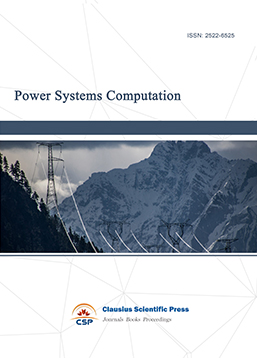
-
Internet of Things (IoT) and Engineering Applications

-
Computing, Performance and Communication Systems
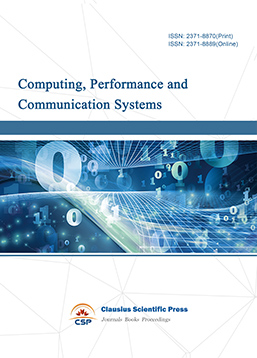
-
Journal of Artificial Intelligence Practice

-
Advances in Computer, Signals and Systems
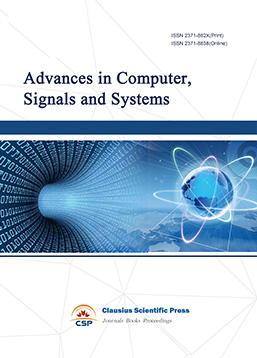
-
Journal of Network Computing and Applications
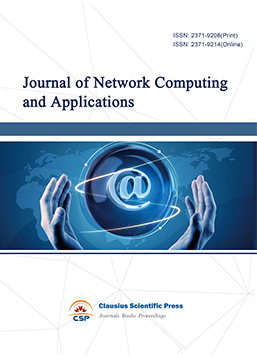
-
Journal of Web Systems and Applications
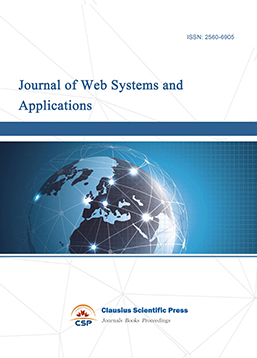
-
Journal of Wireless Sensors and Sensor Networks
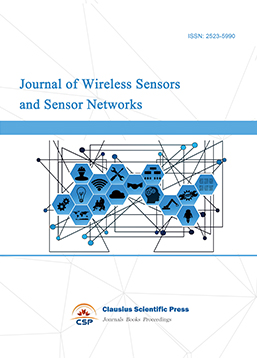
-
Journal of Image Processing Theory and Applications
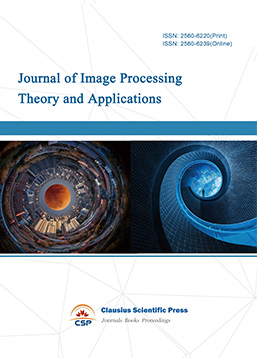
-
Mobile Computing and Networking

-
Vehicle Power and Propulsion

-
Frontiers in Computer Vision and Pattern Recognition

-
Knowledge Discovery and Data Mining Letters

-
Big Data Analysis and Cloud Computing

-
Electrical Insulation and Dielectrics

-
Crypto and Information Security
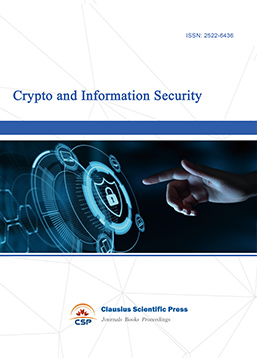
-
Journal of Neural Information Processing
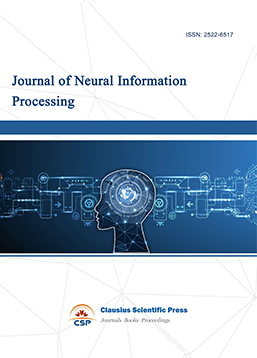
-
Collaborative and Social Computing
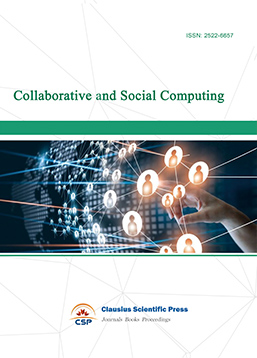
-
International Journal of Network and Communication Technology
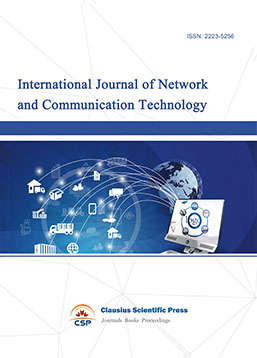
-
File and Storage Technologies

-
Frontiers in Genetic and Evolutionary Computation
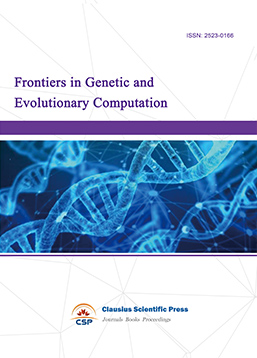
-
Optical Network Design and Modeling
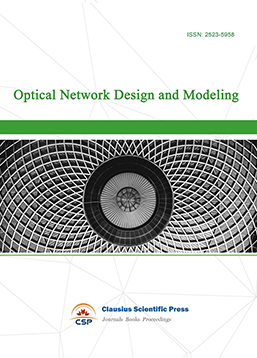
-
Journal of Virtual Reality and Artificial Intelligence
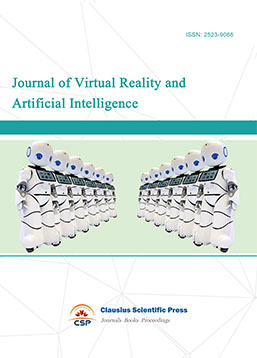
-
Natural Language Processing and Speech Recognition

-
Journal of High-Voltage
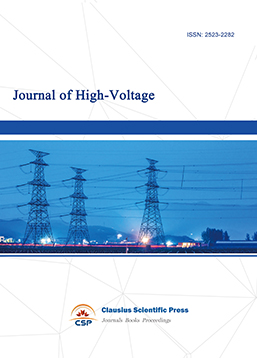
-
Programming Languages and Operating Systems
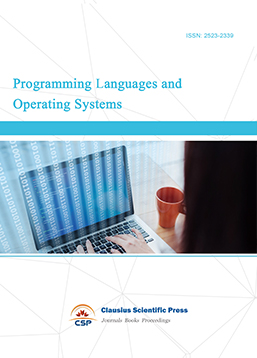
-
Visual Communications and Image Processing

-
Journal of Systems Analysis and Integration
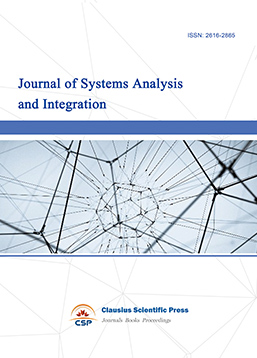
-
Knowledge Representation and Automated Reasoning
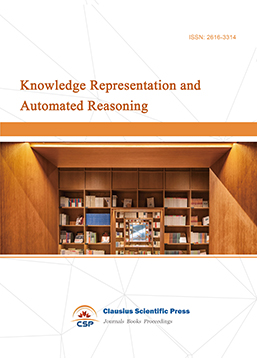
-
Review of Information Display Techniques
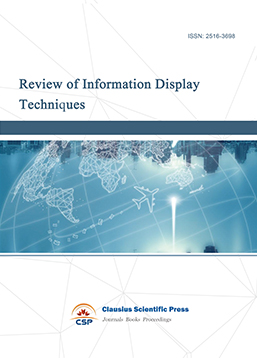
-
Data and Knowledge Engineering

-
Journal of Database Systems
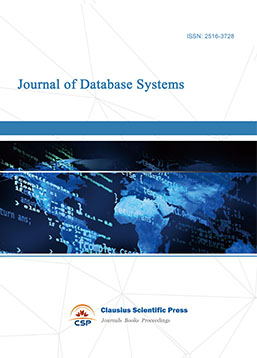
-
Journal of Cluster and Grid Computing

-
Cloud and Service-Oriented Computing

-
Journal of Networking, Architecture and Storage

-
Journal of Software Engineering and Metrics
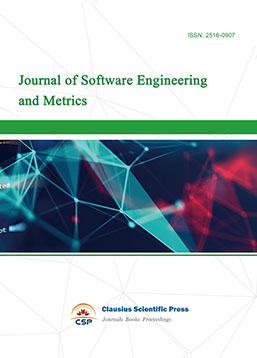
-
Visualization Techniques
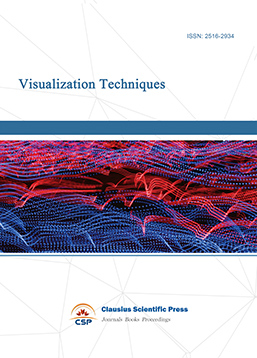
-
Journal of Parallel and Distributed Processing
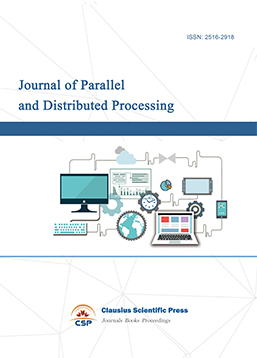
-
Journal of Modeling, Analysis and Simulation
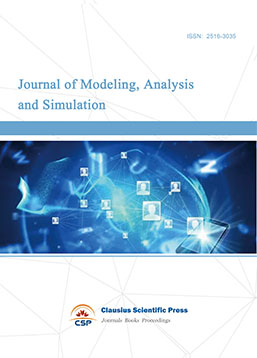
-
Journal of Privacy, Trust and Security
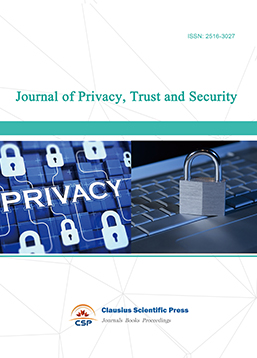
-
Journal of Cognitive Informatics and Cognitive Computing
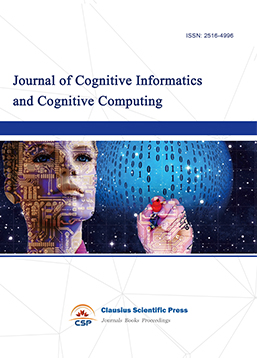
-
Lecture Notes on Wireless Networks and Communications
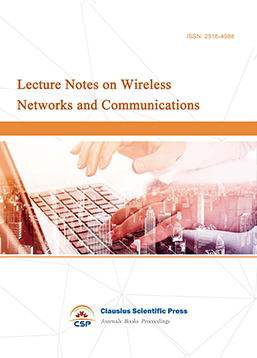
-
International Journal of Computer and Communications Security
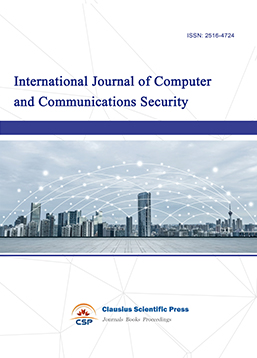
-
Journal of Multimedia Techniques

-
Automation and Machine Learning

-
Computational Linguistics Letters
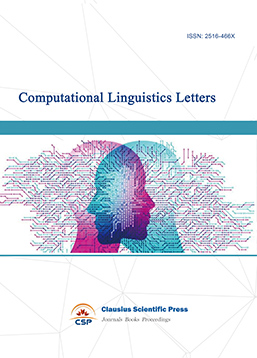
-
Journal of Computer Architecture and Design
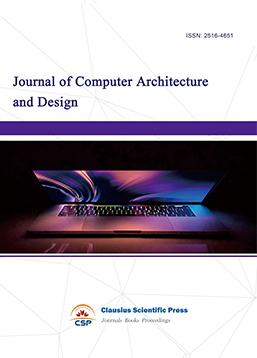
-
Journal of Ubiquitous and Future Networks
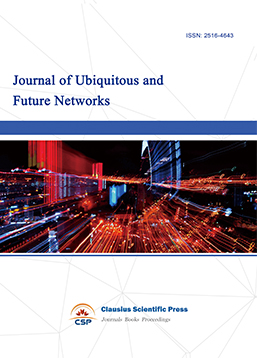

 Download as PDF
Download as PDF